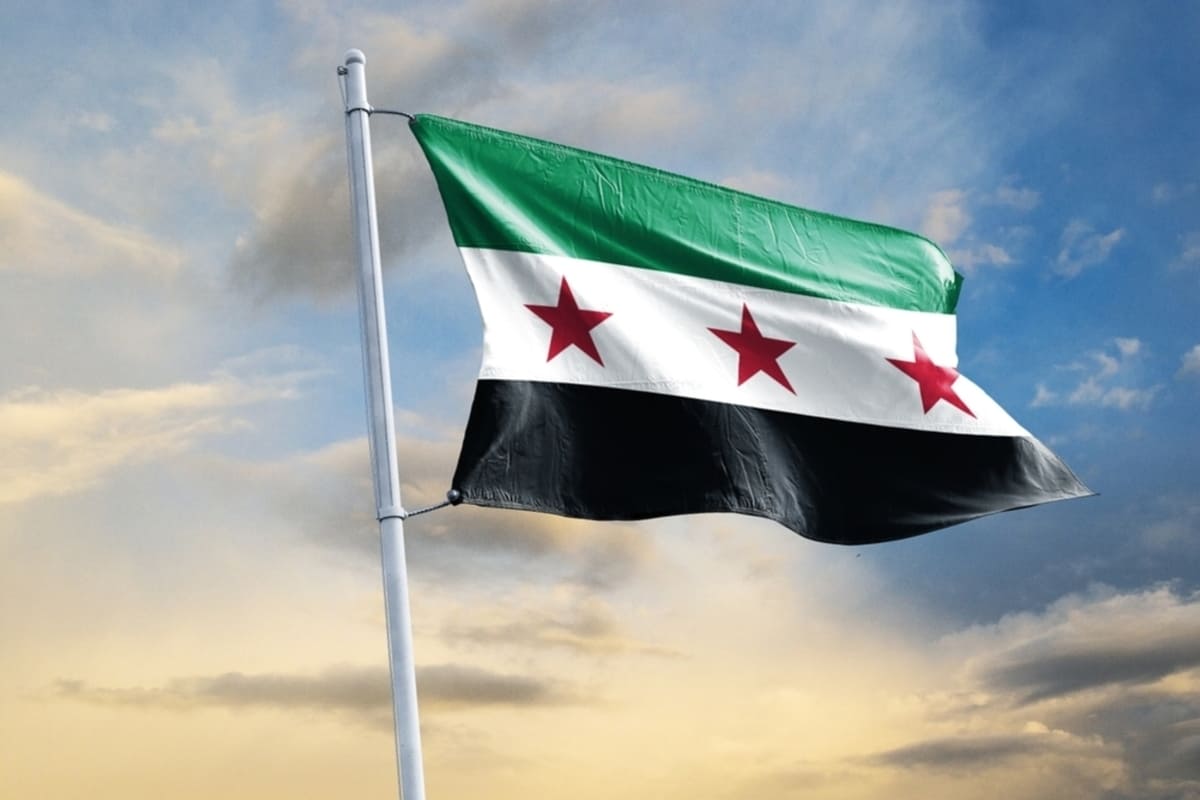Syria’s GDP has plummeted by 53 percent from 2010 to 2022, complicating recovery efforts
Syria’s reconstruction expenses are projected to reach $216 billion following over thirteen years of conflict, as reported by the World Bank. The Syria Physical Damage and Reconstruction Assessment 2011-2024 details the outcomes of a swift nationwide evaluation of infrastructure and building assets, covering the years from 2011 to 2024. All figures are presented in U.S. dollars.
The ongoing conflict has inflicted damage on nearly one-third of Syria’s gross capital stock prior to the war, with direct physical damages to infrastructure, residential buildings, and non-residential structures estimated at $108 billion. Among the categories evaluated, infrastructure suffered the most, comprising 48 percent of the total damage ($52 billion), followed closely by residential buildings ($33 billion) and non-residential buildings ($23 billion). The governorates of Aleppo, Rif Dimashq, and Homs experienced the most significant total damage.
Projected reconstruction expenses for the damaged physical assets are estimated to range from $140 billion to $345 billion, with a conservative best estimate set at $216 billion. This projection includes $75 billion for residential buildings, $59 billion for non-residential structures, and $82 billion for infrastructure. The governorates of Aleppo and Rif Dimashq are anticipated to require the largest reconstruction investments.
“The challenges ahead are immense, but the World Bank stands ready to work alongside the Syrian people and the international community to support recovery and reconstruction,” stated Jean-Christophe Carret, World Bank Middle East Division director. “Collective commitment, coordinated action, and a comprehensive, structured support program are critical to helping Syria on its path to recovery and long-term development.”
Read more: Saudi Arabia fuels Syria’s reconstruction with 1.65 million barrels crude oil grant
Challenges in assessment
The estimated physical reconstruction costs are nearly ten times Syria’s projected GDP for 2024, highlighting the enormity of the challenge and the urgent need for international assistance. The conflict has ravaged Syria’s economy, with real GDP plummeting by almost 53 percent from 2010 to 2022. In nominal terms, GDP (in current USD) fell from $67.5 billion in 2011 to an estimated $21.4 billion in 2024, according to the Syria Macro-Fiscal Assessment published earlier this year.
“This report provides a critical baseline of the massive scale of the destruction and of the reconstruction costs ahead,” remarked H.E. Yisr Barnieh, Syria’s minister of Finance. “Now, more than ever, it is imperative for the international community to mobilize support and partnership to help Syria restore essential infrastructure, revitalize communities, and lay the foundation for a more resilient future for its people.”
Given the prolonged conflict and associated methodological challenges, the findings of the report are subject to considerable uncertainty. The report does not offer detailed breakdowns by sectors or more specific asset types. It aims to provide an estimate of the overall scale of damage and reconstruction costs while informing discussions on recovery planning.
The assessment was conducted with financial and technical support from the World Bank’s Global Facility for Disaster Reduction and Recovery (GFDRR).
Regional support
In addition to the colossal financial requirements, Syria’s reconstruction faces multifaceted challenges that extend beyond mere funding. The ongoing geopolitical complexities and fluctuating security conditions continue to hinder large-scale reconstruction efforts and limit the access of international aid organizations to key regions. Recent diplomatic initiatives, particularly Egypt’s role in facilitating dialogue between Syrian authorities and regional stakeholders, have opened cautious avenues for increased reconstruction cooperation and investment. Moreover, international financial institutions and donor countries have emphasized the importance of establishing transparent, accountable governance frameworks within Syria to ensure that reconstruction funds are effectively managed and reach intended projects without diversion.
Notably, Saudi Arabia’s recent commitment to provide Syria with a strategic crude oil grant of 1.65 million barrels marks a significant development in regional support dynamics, potentially easing Syria’s critical energy shortages that dramatically affect reconstruction activities as well as daily life. This energy grant, part of broader humanitarian and economic assistance efforts, reflects growing regional willingness to contribute pragmatically to Syria’s recovery, despite persistent political differences. Additionally, efforts to integrate digital technologies and sustainability principles into rebuilding processes are emerging to promote resilient infrastructure that can better withstand future shocks.
At the same time, there is a rising awareness of the social dimensions of reconstruction, including the urgent need to address displaced populations and restore social services like healthcare, education, and water supplies, which are essential for stabilizing communities and promoting economic revival. International agencies are increasingly focusing on holistic, community-centered rebuilding approaches rather than purely infrastructure-oriented projects.
